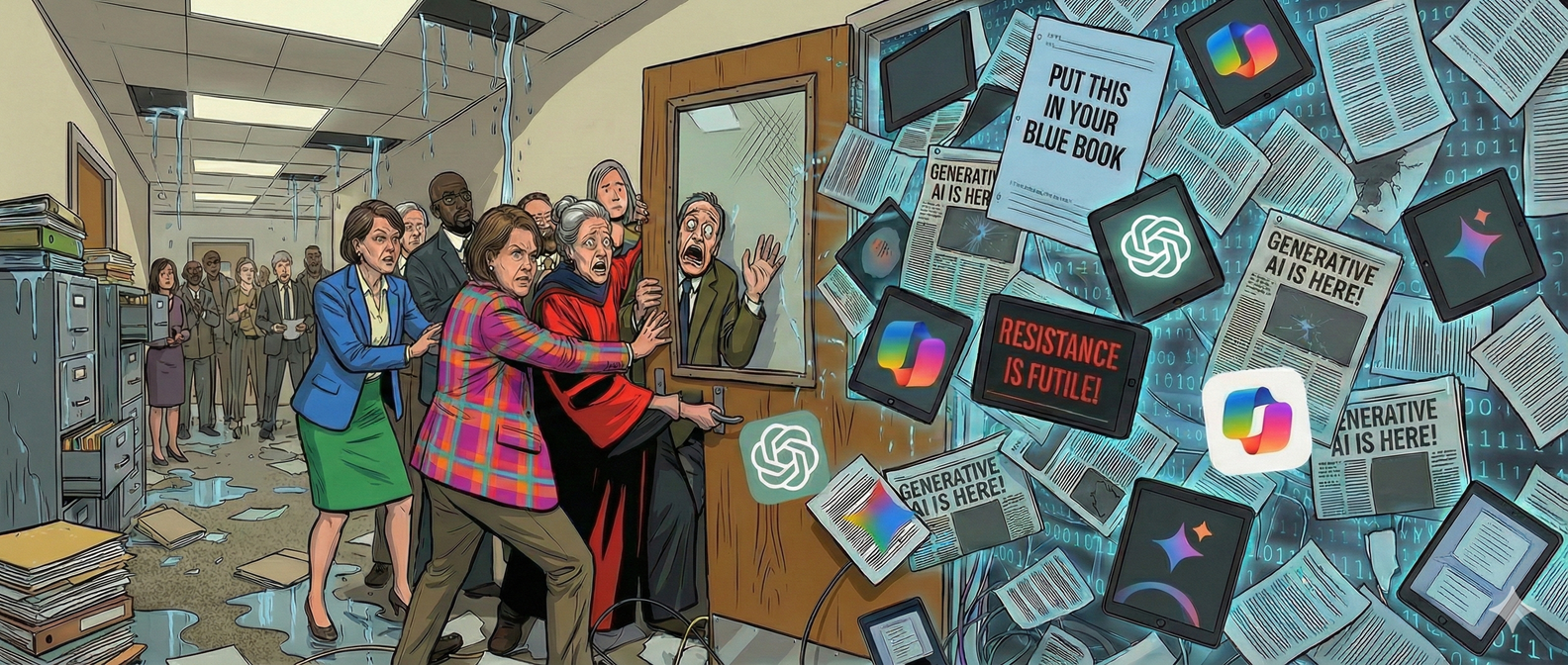Don't let generative AI overwhelm you
Don't let generative AI overwhelm you

By Doug Ward
I talk frequently about the need for faculty members to experiment with and adapt their teaching to generative artificial intelligence.
During a CTE session last week, an instructor mentioned how difficult that was, saying that “the landscape of AI is changing so rapidly that it seems impossible to keep up with.”
